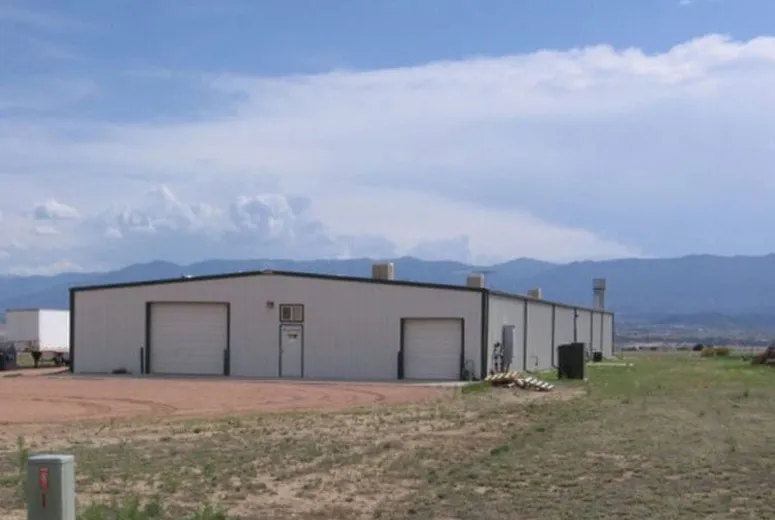- Afrikaans
- Albanian
- Amharic
- Arabic
- Armenian
- Azerbaijani
- Basque
- Belarusian
- Bengali
- Bosnian
- Bulgarian
- Catalan
- Cebuano
- Corsican
- Croatian
- Czech
- Danish
- Dutch
- English
- Esperanto
- Estonian
- Finnish
- French
- Frisian
- Galician
- Georgian
- German
- Greek
- Gujarati
- Haitian Creole
- hausa
- hawaiian
- Hebrew
- Hindi
- Miao
- Hungarian
- Icelandic
- igbo
- Indonesian
- irish
- Italian
- Japanese
- Javanese
- Kannada
- kazakh
- Khmer
- Rwandese
- Korean
- Kurdish
- Kyrgyz
- Lao
- Latin
- Latvian
- Lithuanian
- Luxembourgish
- Macedonian
- Malgashi
- Malay
- Malayalam
- Maltese
- Maori
- Marathi
- Mongolian
- Myanmar
- Nepali
- Norwegian
- Norwegian
- Occitan
- Pashto
- Persian
- Polish
- Portuguese
- Punjabi
- Romanian
- Russian
- Samoan
- Scottish Gaelic
- Serbian
- Sesotho
- Shona
- Sindhi
- Sinhala
- Slovak
- Slovenian
- Somali
- Spanish
- Sundanese
- Swahili
- Swedish
- Tagalog
- Tajik
- Tamil
- Tatar
- Telugu
- Thai
- Turkish
- Turkmen
- Ukrainian
- Urdu
- Uighur
- Uzbek
- Vietnamese
- Welsh
- Bantu
- Yiddish
- Yoruba
- Zulu
Nov . 12, 2024 13:32 Back to list
The Future of Steel Building 3D Design
In the architectural and construction industry, advancements in technology have transformed the way buildings are designed and constructed. One of the most significant innovations is the utilization of 3D design in steel building construction. This method not only enhances the aesthetic appeal of structures but also significantly improves efficiency, sustainability, and accuracy during the building process.
Understanding Steel Building Design
Steel buildings have gained immense popularity due to their strength, durability, and versatility. These structures can withstand harsh weather conditions, making them ideal for a variety of applications, from warehouses and factories to commercial buildings and sports complexes. The conventional 2D design methods often proved limiting in visualizing the final structure. However, with 3D design technology, architects and engineers can create comprehensive models that accurately represent the final product.
Using software like AutoCAD, Revit, or Tekla Structures, professionals can develop intricate designs that allow for the visualization of not just the aesthetic elements but also the structural components of the building. This level of detail helps in identifying potential issues early in the design phase, mitigating risks before construction begins.
Benefits of 3D Design in Steel Construction
One of the core benefits of 3D design in steel building projects is enhanced collaboration. Stakeholders, including architects, engineers, and contractors, can interact with the model in real-time, ensuring that everyone is on the same page. This collaborative approach reduces misunderstandings and errors that often arise from traditional blueprints.
Moreover, 3D models facilitate better communication with clients. With a tangible representation of the project, clients can visualize the design far better than with 2D drawings. This clarity can lead to faster decision-making and a more accurate alignment of client expectations with the final product.
Another major advantage is the optimization of materials and resources. 3D design can help calculate the precise amount of steel needed, thus minimizing waste. This aligns with sustainable building practices, which are becoming increasingly important in the current architectural landscape. By using only the necessary amount of materials, companies can reduce their carbon footprint and contribute to more environmentally friendly construction practices.
steel building 3d design

Streamlining the Construction Process
The implementation of 3D design in steel building projects also translates into a more streamlined construction process. With a detailed model, construction teams can easily interpret the plans, which leads to improved accuracy in measurements and fabrication. Automated machinery can retrieve data directly from the 3D model, ensuring that steel components are fabricated precisely as designed.
Additionally, construction scheduling can be optimized based on the 3D model. With accurate representations of the project timeline, teams can identify potential bottlenecks and address them before they cause delays. This capability is particularly beneficial in large-scale projects where numerous contractors and specialized teams need to coordinate their efforts efficiently.
Future Trends in 3D Design Technology
As technology continues to evolve, the future of 3D design in steel building construction looks promising. The integration of Building Information Modeling (BIM) represents a significant leap forward. BIM not only incorporates the 3D visualization component but also adds a layer of intelligence to the model, allowing for the integration of data related to cost, materials, and schedules. This technology enhances decision-making processes and improves overall project management.
Furthermore, advancements in virtual and augmented reality are set to revolutionize the way design reviews are conducted. Stakeholders can immerse themselves in a digital environment representing the future structure, allowing for a more intuitive understanding of the space and its functionalities. This immersive experience can lead to enhanced client satisfaction and more informed design decisions.
Conclusion
The integration of 3D design in steel building construction is not just a trend; it is a significant advancement in how we approach architecture and construction. By enhancing collaboration, optimizing resource use, improving communication, and streamlining the construction process, this technology holds the potential to transform the industry. As we move forward, embracing these advancements will be crucial in meeting the demands of modern construction while prioritizing sustainability and efficiency. The future of steel building design is undoubtedly tied to the innovative potentials of 3D modeling, paving the way for smarter, more sustainable architectural solutions.
-
How Do Prefabricated Steel Structures Transform Modern Construction?
NewsJul.14,2025
-
How Do Prefabricated Metal Buildings Redefine Modern Construction?
NewsJul.14,2025
-
How Do Prefab Insulated Metal Buildings and Steel Structures Revolutionize Modern Construction?
NewsJul.14,2025
-
How Do Pre - Engineered Steel Structures Redefine Modern Construction?
NewsJul.14,2025
-
Advancing Modular Construction with Prefabricated Metal Structures
NewsJul.14,2025
-
Advancing Industrial Infrastructure with Prefabricated Steel Solutions
NewsJul.14,2025
Products categories
Our Latest News
We have a professional design team and an excellent production and construction team.












